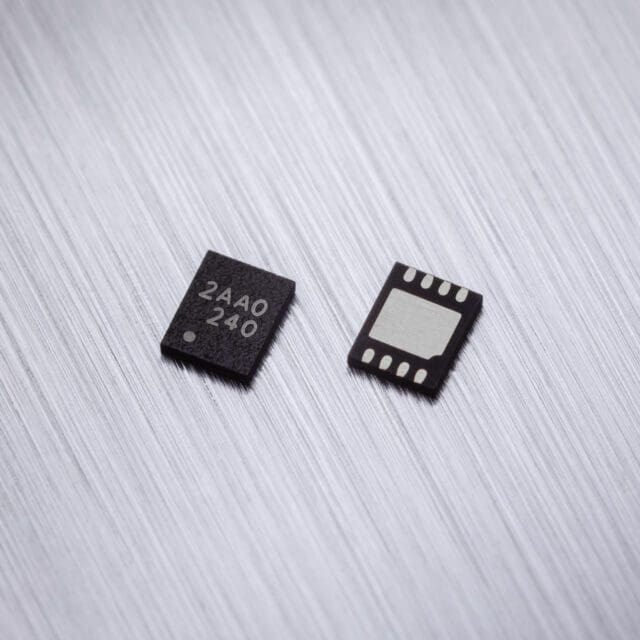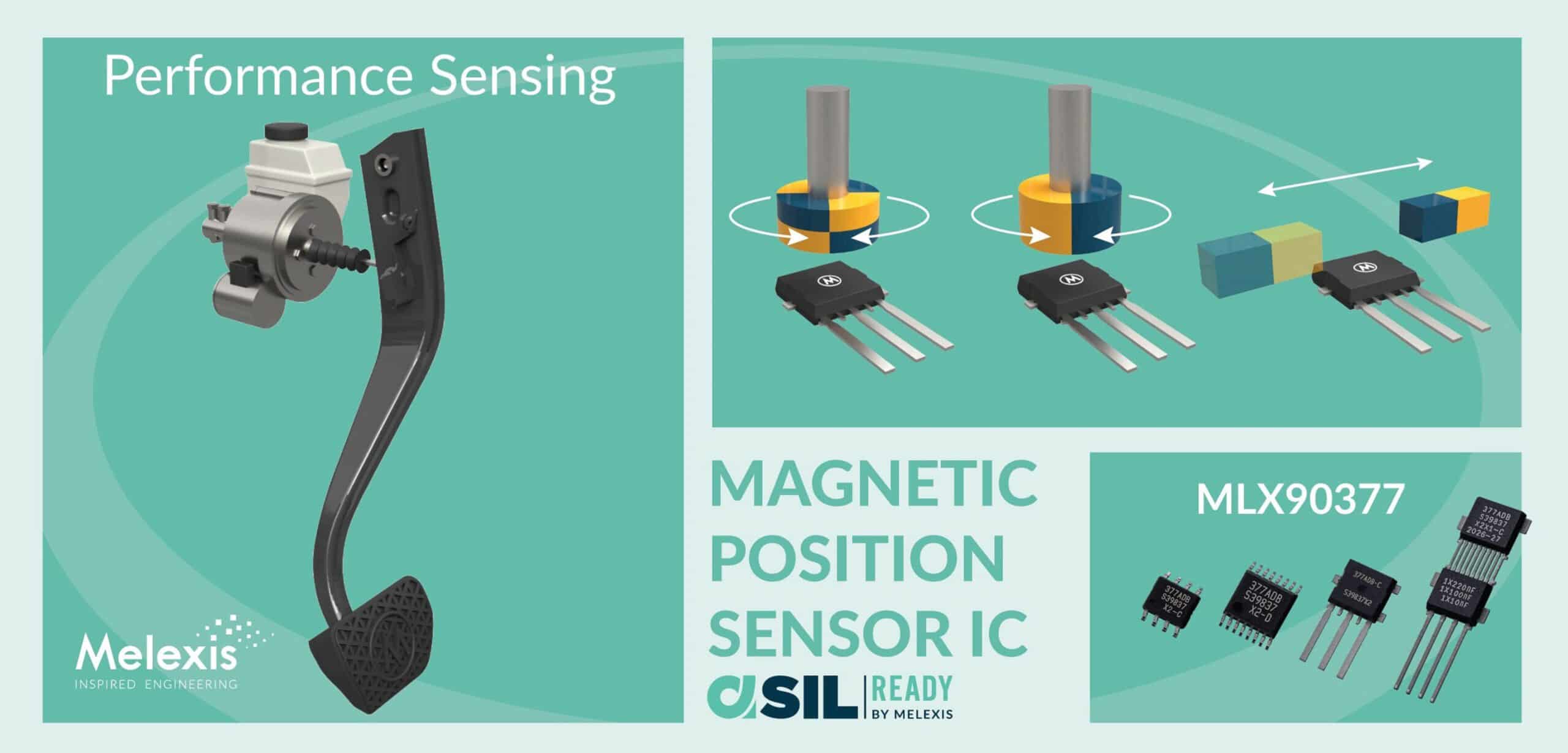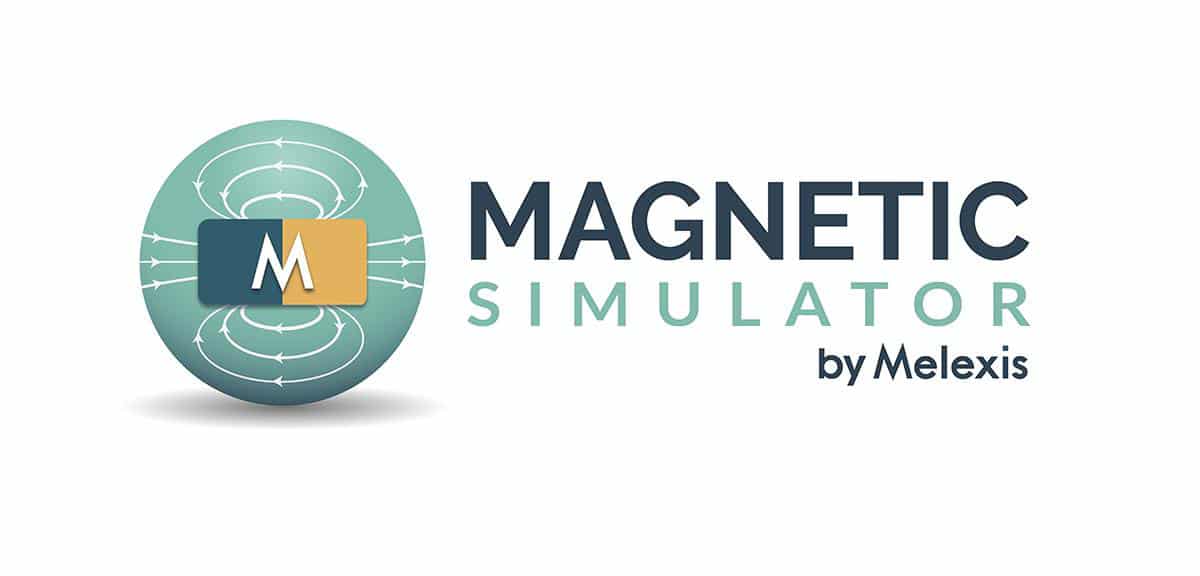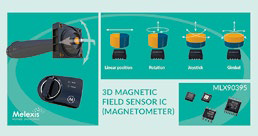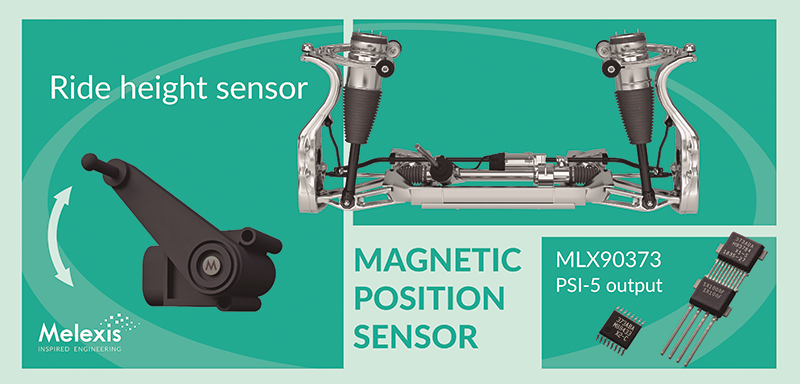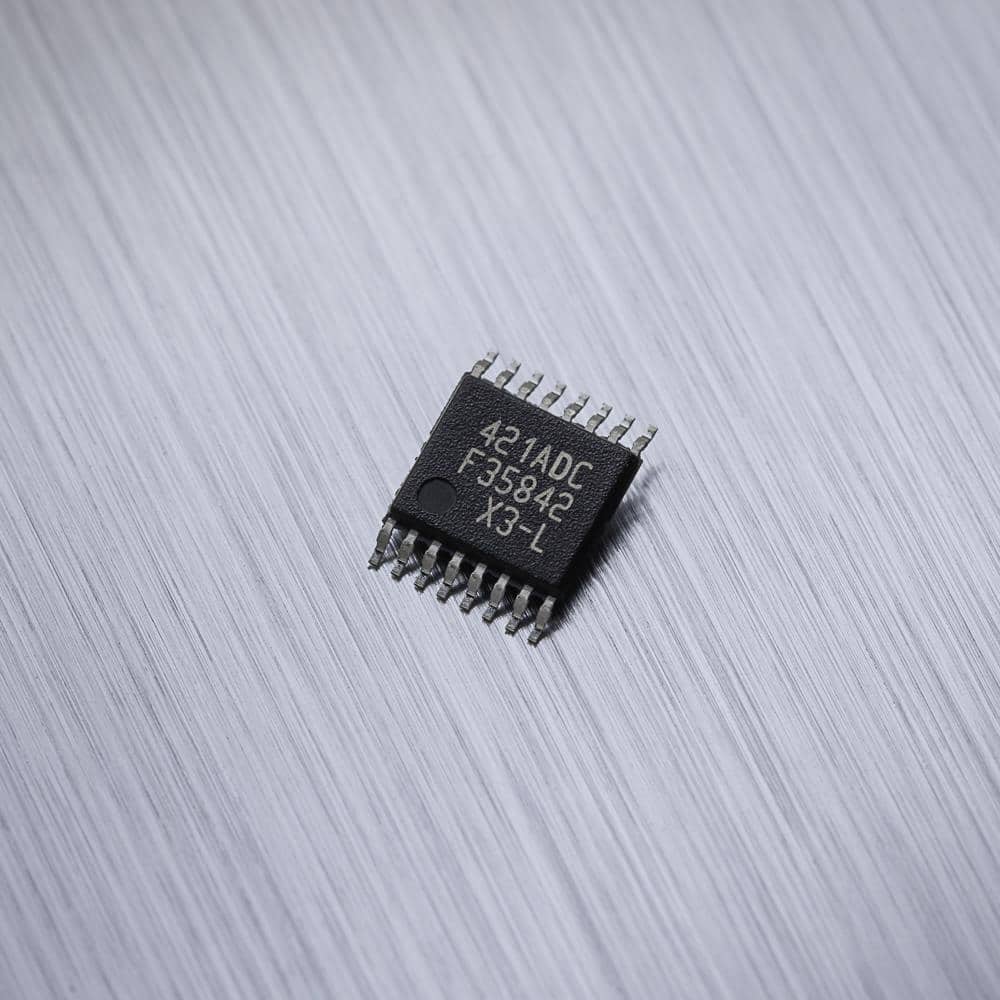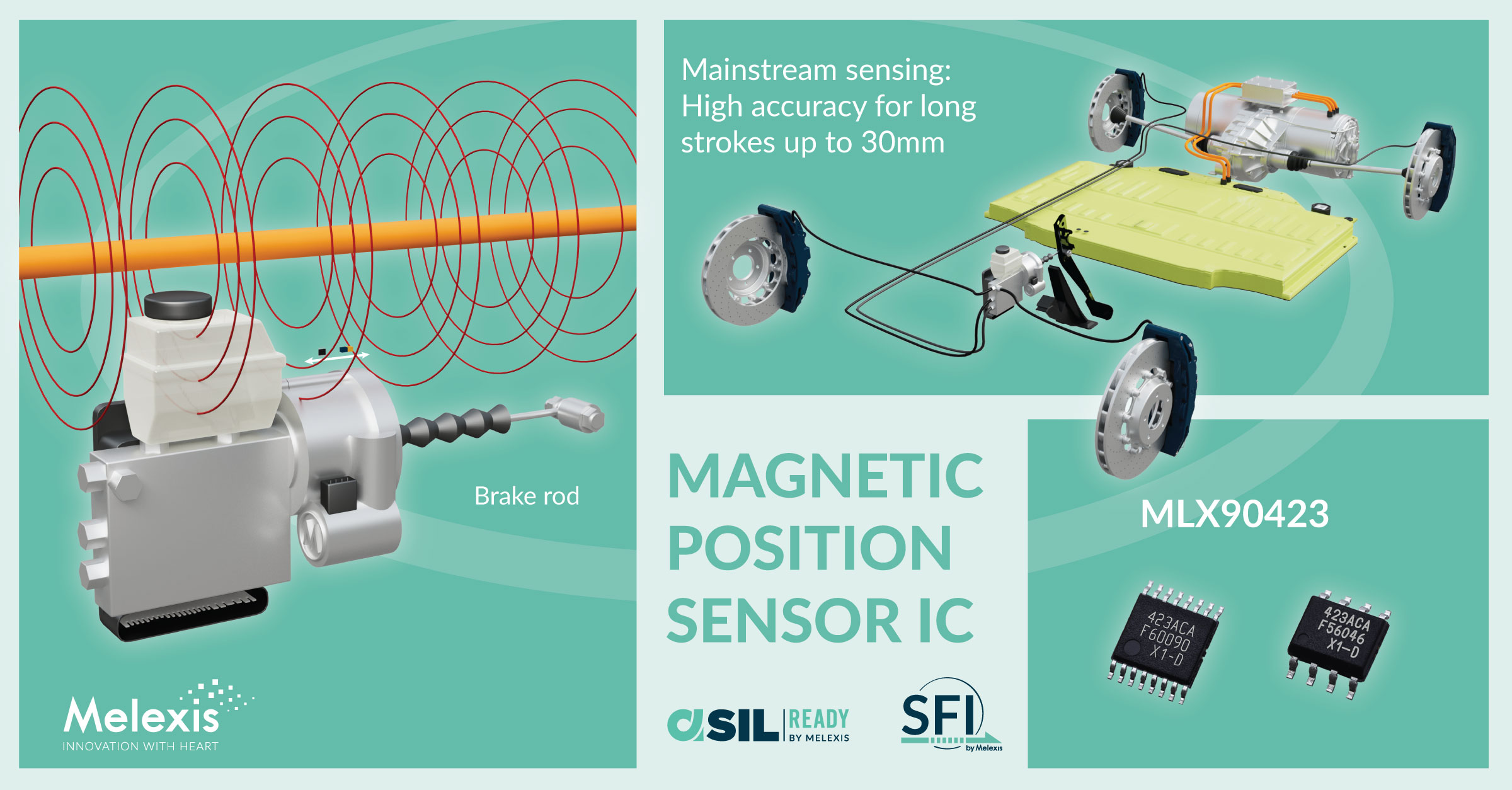The MLX90392 brings the patented Triaxis® Hall magnetic sensing technology to the fields of home appliances, smart metering, gaming, and home security that require high cost.
Tessenderlo, Belgium, May 3, 90392 – Melexis, a global microelectronics engineering company, targets the fields of home appliances, consumer electronics, and smart metering applications with the MLXXNUMX XNUMX-axis magnetic field sensor, which can run on a XNUMXV power line shared with other components, such as logic devices.
Requiring no specific LDO or regulator, the MLX90392 eases design, reduces material costs, and saves PCB space. Measuring just 5mm x 0,4mm x XNUMXmm, the sensor features an ultra-slim, lead-free eight-pin package to help designers address space-constrained applications. In addition to this, a XNUMX µA shutdown mode helps save power and thus maximize runtime in battery-powered applications.
With an integrated thermal sensor, and endowed with an I2C communication protocol, the MLX90392 puts sixteen-bit status measurements on the X, Y, and Z axes, such as temperature, on the I2C bus that runs at a maximum of 1 MHz. There are 2 free variations, allowing a choice between a full scale range of ±50 mT and ±5 mT, taking advantage of Melexis' patented Triaxis® Hall technology to offer low noise and best-in-class accuracy.
The ±50 mT range is unbeatable for situation measurement in HMI applications, door lock detection in home appliances and access control systems, tampering for smart meters, and non-contact joysticks that save energy faded by detection. of traditional situation with a circuit potentiometer. For situation sensing requiring a small magnetized range and for precise situation measurement when noise is a critical design factor, the ±5 mT variation has a sensitivity of 0,15 µT/LSB and a proper RMS noise. down to 0,3 µT.
Both devices support single measurement and continuous measurement modes, giving exceptional design flexibility, while self-test status, data availability, and overflow indication from the magnetized sensor provide complete diagnostics.


